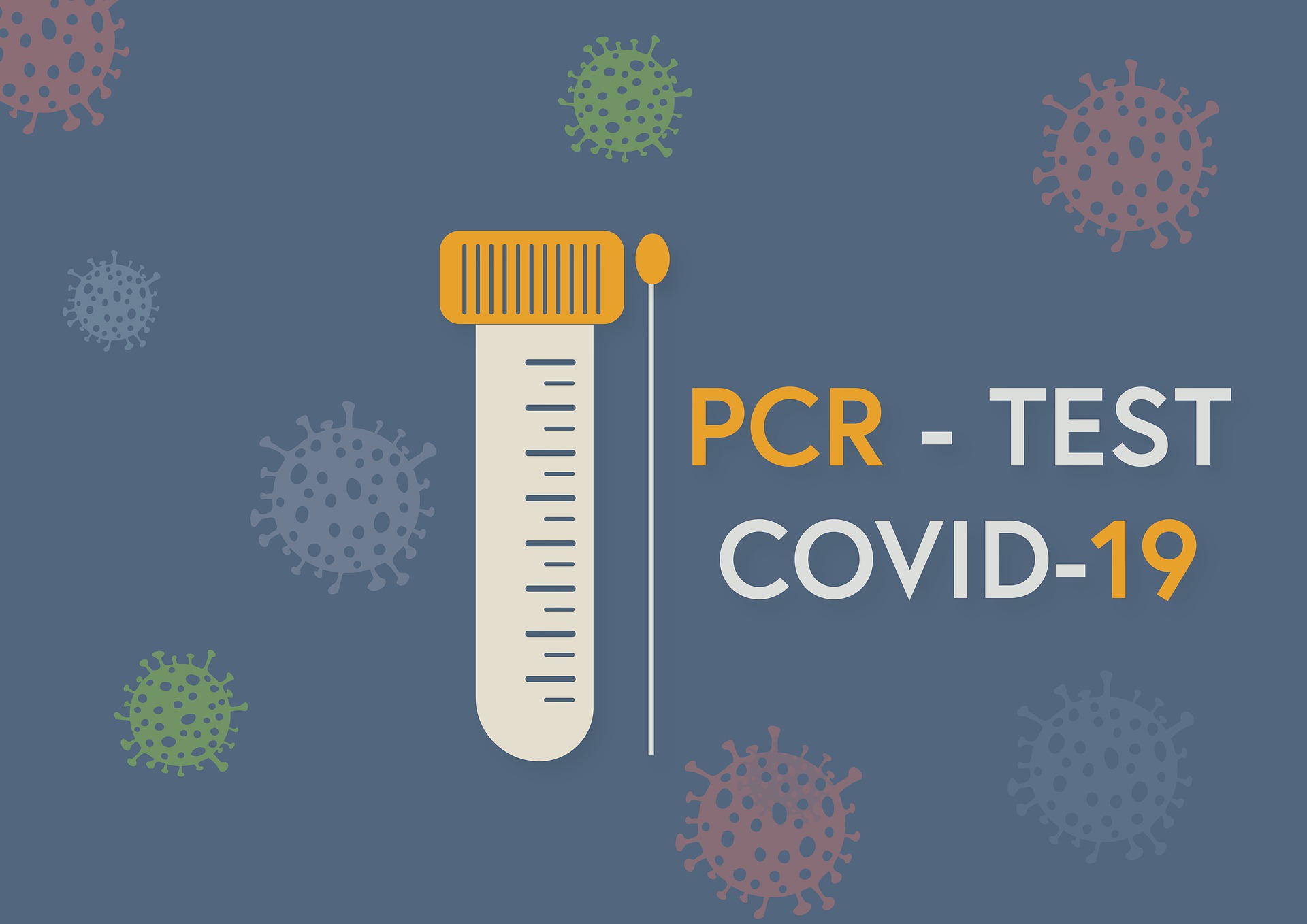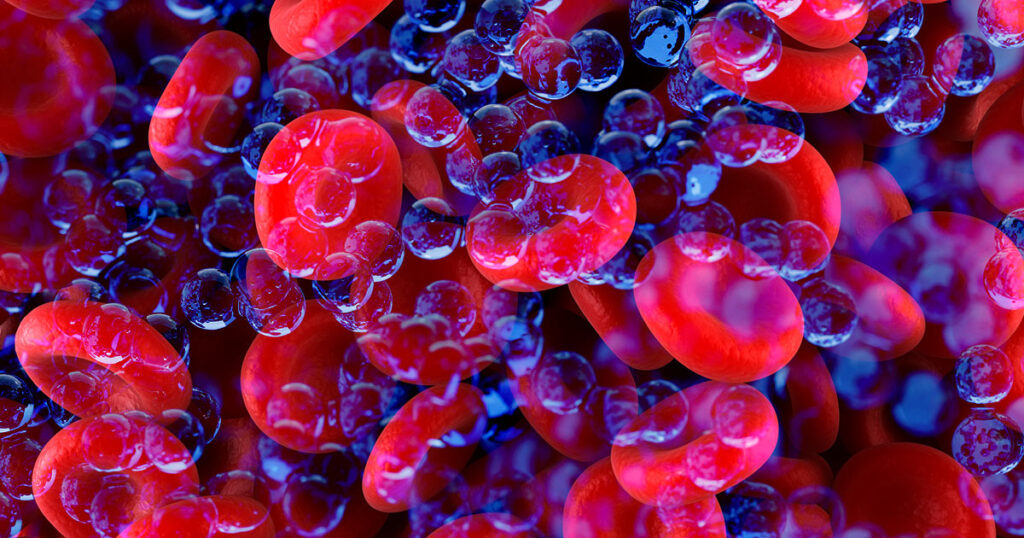In more and more countries, two and a half years after the pandemic outbreak, mandatory quarantine is now being lifted and replaced by voluntary isolation. In Austria, only a traffic restriction currently applies; infected persons are allowed to take part in everyday life wearing a mask and take a five-day break from it, provided no more symptoms appear. But how long could they – theoretically – infect others?
The U.S. Centers for Disease Control and Prevention (CDC) has updated its recommendations on this question. The experts advise infected people to isolate themselves for five days, but sick people do not need to test negative to be allowed to leave the house. Corona-infected individuals are known to be most contagious one to two days before symptoms appear and up to three days afterward.
Infection between the sixth and tenth days after symptom onset is unlikely but still possible, CDC experts stress. Infected people are urged to wear a well-fitting mask for ten days.
After that, the risk of infection decreases noticeably, even if the test still shows a positive result and mild symptoms such as coughing and sore throat persist. If the antigen test shows a negative result after the fifth day, you are almost certainly no longer contagious, says infectious disease expert Amy Barczak in the Washington Post. In a study recently published in the New England Journal of Medicine, Barczak found that people infected with the omicron variant can spread the virus for an average of eight days.
In another study, researchers at the University of Massachusetts Chan Medical School found that 30 percent of all patients had a positive rapid test result ten days after a positive PCR test.
In any case, rapid antigen tests are better than PCR tests for determining whether a person is still contagious, explains Albert Ko, an epidemiologist and infectious disease specialist at Yale University. PCR tests can detect tiny amounts of the virus at the beginning of an infection before it can spread. So they are more useful at the beginning to confirm a covid infection in the first place – but not to find out if you are still contagious.
- source: krier.at/picture: pixabay.com
This post has already been read 1394 times!



